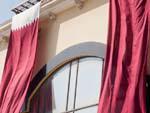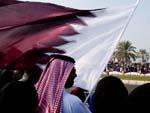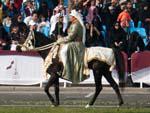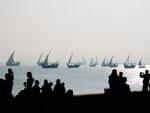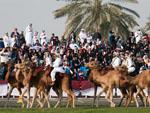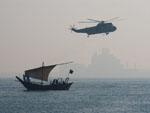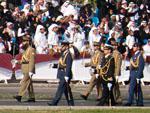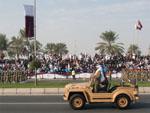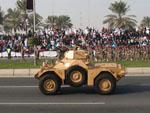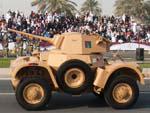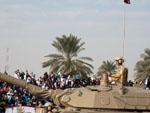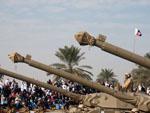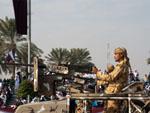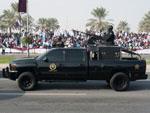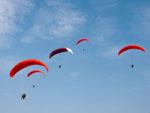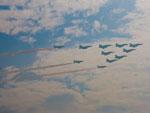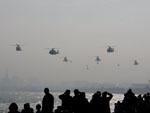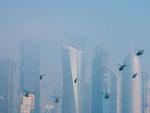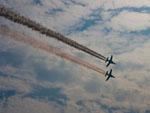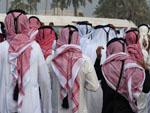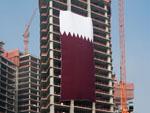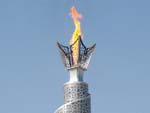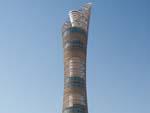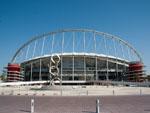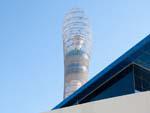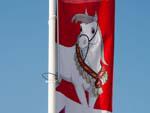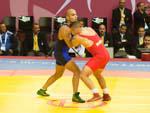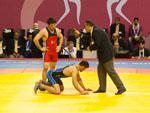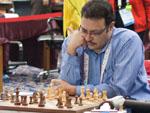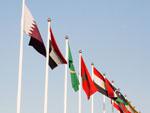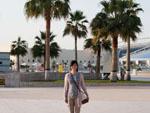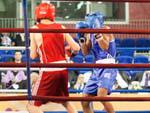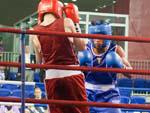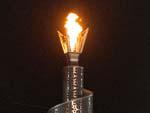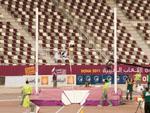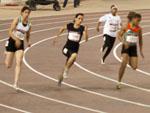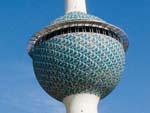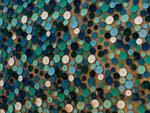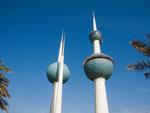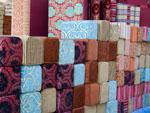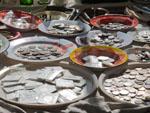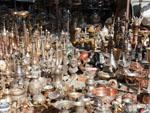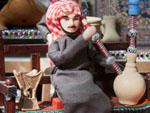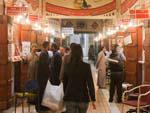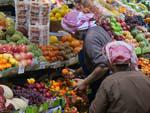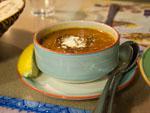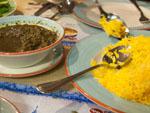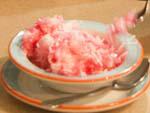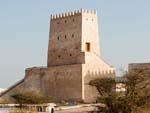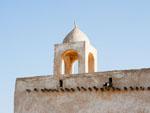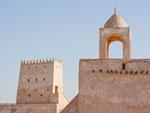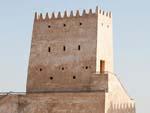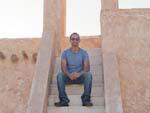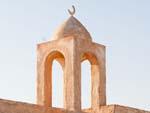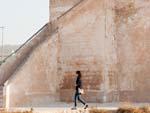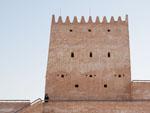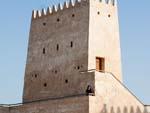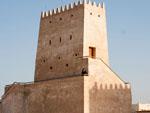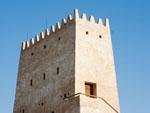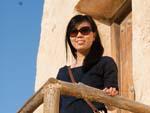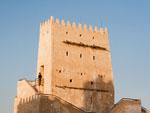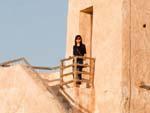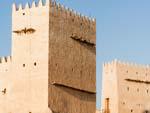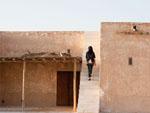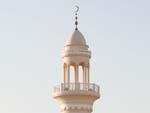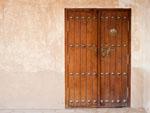Qatar National Day is celebrated annually on the 18th December as it marks the historical day in 1878 when Shaikh Jasim, the founder of the State of Qatar, succeeded his father, Shaikh Muhammad Bin Thani, as the ruler and led the country toward national unity.
It is a special day for Qatar and during the lead up to the day, the whole country is decorated with flags and Doha’s corniche trees are covered with lights. Cars, of both Qataris and expats, are also decorated with displays of patriotism, pictures of HH (His Highness) The Emir, the Qatari Flag, white and maroon colours, hearts…etc. This is our second Qatar National Day, however this year we made a conscious effort to make sure we didn’t miss the main events (i.e. the early morning military parade). Last year, we arrived on the corniche as the crowd was dispersing… and unfortunately, after the parade had finished. Anyway this year we woke up nice and early and walked across to the corniche. By the time we arrived and found a spot on the road it was about 7:30am, and the place was packed! We actually found it difficult to find a space, but managed to squeeze behind some young Qatari women.
The parade started with the Qatar National Anthem. After a recitation from the Holy Qura’an, the Parade was led by a group of Qatari children wearing national costume, accompanied by horsemen and camel riders in traditional dress. After this there was a car convoy, followed by Infantry Forces, Police, Internal Security Force, and Emiri Guards, and all their associated equipment and vehicles, like tanks, boats and so on. In between that, there was a particularly magical moment where we, the spectators, turned around away from the parade to see hundreds of traditional Dhows sailing across the Arabian gulf towards the city skyline (my favourite moment of the parade). It was such a nice surprise and so beautifully done. The parade finished with an air show by the Qatar Emiri Air Force.
In the evening we headed back to the corniche to watch the crazily dressed up cars and their equally crazy drivers (an experience which warrants a separate post and photos in itself, so stay tuned) parade down the main corniche strip. There was also a Dhow Laser Light show and of course the night ended with the magnificent display of fireworks.




































































































